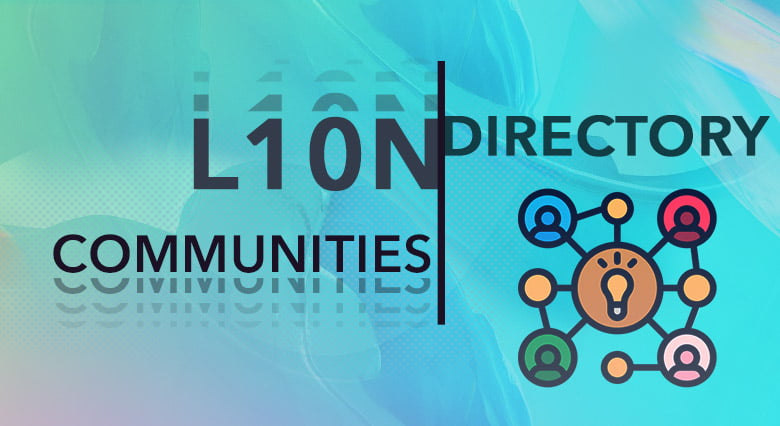Whenever you start a new project, it’s usually a good idea to establish a reliable groundwork that should be followed at all times – the same goes for translation, which usually comes in the form of a Style Guide. Read below to learn more about what it entails, as well as a free template for your own project!
Why do you need a Style Guide?
In game localization, Style Guides help translators learn the ins and outs of a project, from technical specifications to character relationships and more. A Style Guide also helps maintain consistency on bigger projects that involve multiple translators, ensuring that everyone is on the same page.
Here are some of the key data that should be included:
- Target audience: who is your game aimed at? Are you targeting a specific age range?
- Special characters: does your game support special characters such as accented capitals, non-breaking spaces, different types of quote marks, etc.
- Link to App Store/Steam/etc. page: providing links to existing content, even if the game itself is not yet released, helps translators understand what your game is about
- Trailers and other references materials
- Specific rules related to capitalization, acronyms, etc.
The above information also needs to be legible instantly: say you have a 100.000 words project that is already translated, but you now need to translate an additional 300-word patch note. Now, let’s assume the usual translator isn’t available and a new one is being asked to help. Bear in mind some translators jump from project to project, sometimes even on a daily basis, and they need to get a refresher from time to time.

They obviously won’t have time to read all the previous material, so here’s what they need to find out:
- How should I address the player?
- Can I use special characters?
- Are there any language-specific rules I should be following?
This is where the Style Guide comes in: if formatted properly, they’ll be able to get all this information in a matter of minutes.
Who should create and maintain the Style Guide?
While the base guide should be established by the client (after all, they know their game better than anyone), it is recommended to define one “lead” translator per target language, who will take a deep dive into the project and define the “nitty-gritty” parts of the Style Guide.
In the realm of English to FIGS (French/Italian/German/Spanish) translation, specifications can vary widely from one language to another: for example, games localized in German almost never use the formal mode of address in the UI, whereas in French, formal address is the standard (unless you’re targeting a much younger audience). For that reason, it’s important to involve translators in the process early on and not let non-native speakers define rules based on the source language.
Moreover, there are certain rules that only pertain to a particular locale – for example, in French, translators need to determine whether to use the classic or reformed spelling (learn more here) Every language has dozens of similar “details” that must be clarified within a Style Guide, although not all of them must be defined from the get-go.
Notes on characterization
English tends to be a very straightforward language when it comes to characterization: everyone is “you” (whether singular or plural), there is only one level of formality and masculine/feminine determiners are limited. Unfortunately, many – most, in fact – languages have specific rules that define how characters should speak to each other based on their age, gender, social status, and a million other criteria. For example, did you know that Japanese has over 20 variations of “I”?

This can very quickly become a nightmare to follow once you have more than a couple of characters involved: I once worked on a game with over 40 recurring characters, and while French only has two levels of politeness, our team had to sort them out so it stays consistent across all dialogues. Here’s how it looked like in the middle of development:

Beyond that, in story-heavy titles, characters tend to develop relationships as the game progresses, which should be reflected in the translation. To that end, I highly recommend creating a Character Relationship map, using a software such as yED. Here’s an example:

You obviously don’t have to make it that complicated, but I’ve worked with game developers who went above and beyond to define characterization and it makes a world of difference for the quality of the localized versions.
Free Style Guide template
Now that you’ve read all that, you must be wondering how to make your own style guide Style Guide. Fear not! Thanks to my years of experience on both small and large game projects, I’ve created a free, easy-to-fill template that you can use for any of your games or other projects. Of course, it’s not meant to be a be-all and end-all solution, so feel free to adapt it based on your needs.

If you do decide to use it, a small shoutout would be appreciated 🙂






